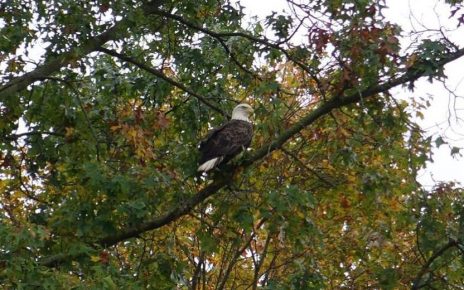The Eastern Whip-poor-will team at Birds Canada is looking for your help! We are looking to find as many Whip-poor-will nests as possible in Norfolk, to inform us of nest-site selection preferences buy replica Rolex daytona and more. During your time outside this summer, or the next two years, if you happen to stumble across an Eastern buy replica Rolex submariner Whip-poor-will nest, please take note of any territorial/aggressive behaviour of birds on/near fake cartier the ground (wings up, ‘growling’, jumping low to the ground), or any other activities of interest that you may see. You can email your observations to: nbarlow@birdscanada.org with the location of your sightings as SOON as possible, so the team is able to monitor the nest throughout the breeding season. Nests consist of 1-2 white eggs with brown spots on the ground in leaf litter (watch your feet!), which tend to be within ~10ft of the forest edge, near more open habitat. They seem to like oaks, and many nests have been found in scrubby/oak maple areas, and restored sites, that are open with that leaf litter ground cover and forbs nearby. No need to use flagging tape or other markers, but just the latitude and longitude, or general area, would be great information to have! Thank you-Natasha Barlow
Related Articles
A Holiday Gift That Will Keep On Giving
St. Williams Conservation Reserve received a generous donation from the prestigious Burning Kiln Winery as a result of their successful Hometown for the Holidays sale last month. The organizers cheap replica watches of the craft sale collected donations from shoppers and presented the proceeds to the CR in early January. The St. William’s Conservation Reserve […]
Healthy Parks, Healthy People
Getting outside and enjoying omega replica watches nature is good for everyone. There’s a multitude of physical and mental health benefits to be gained from spending time outdoors. In order to ensure all people living in Ontaruo have access to parks, Ontario Parks has provided a survey at the following link. Follow the link and […]
Research
Research in The St Williams Conservation Reserve The diverse range of ecological communities found within the St. Williams Conservation Reserve (SWCR) is home to a number of research studies. Click on the links below to learn more about ongoing research efforts. Parties interested in applying to conduct research within SWCR are asked to contact: Ontario […]






